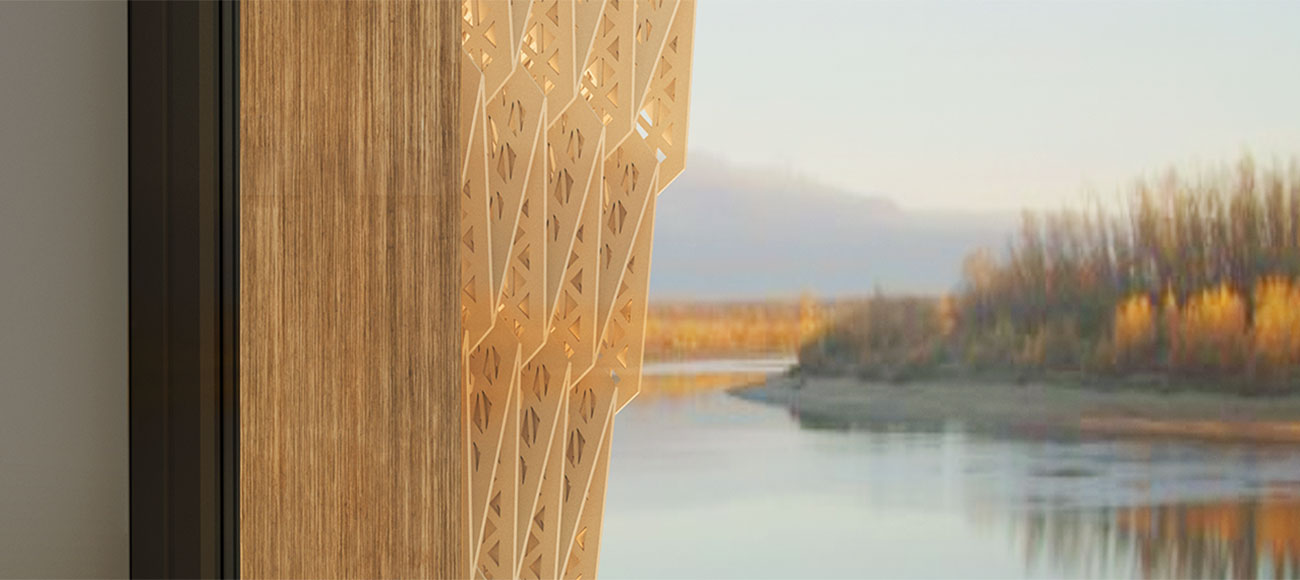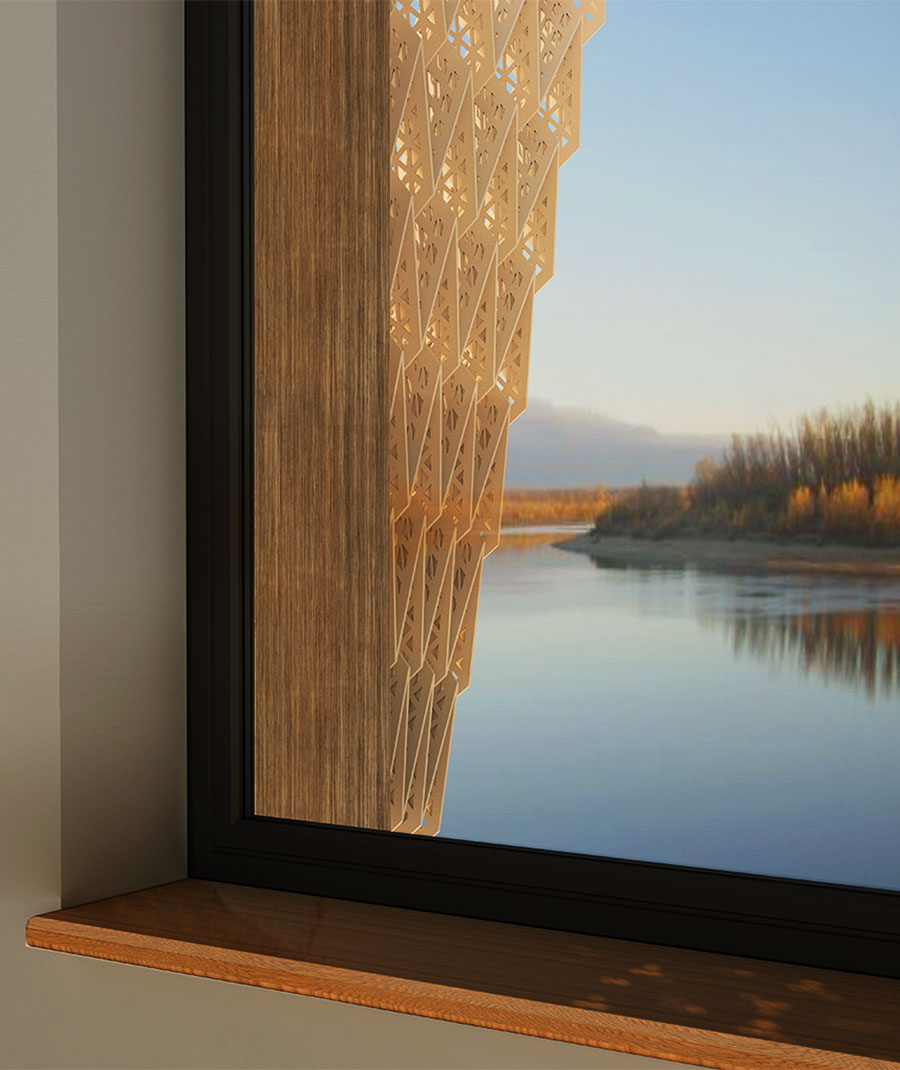Normally architecture is static. We consider that buildings do not move and do not change. But in fact, it is not completely true, because something get changed all the time. We put curtains and shutters when it is too much sun. We switch on light when it is dark. We can move furniture or even partitions to reorganize the space. All these changes are normally done by a human. But what if the house itself would understand the need to change and react on it autonomously? The meaning of a smart house is existing already since a while and we are completely used to the idea of the light which switches on when we enter, or the heating system which regulates the internal temperature by itself. Adding dynamic elements on the architectural level is the next step. With the arising awareness of climate change and the sustainability issues, architecture is moving towards the energy-efficiency of the building. The dynamic architecture can be a smart solution to minimize the energy demand by letting buildings to adopt to the external conditions by themselves.
Related publications:
Albag O., Anishchenko M., Grassi G., Paoletti I. (2020) Adaptive Skins: Towards New Material Systems. In: Daniotti B., Gianinetto M., Della Torre S. (eds) Digital Transformation of the Design, Construction and Management Processes of the Built Environment. Research for Development. Springer, Cham. Available on-line at: https://link.springer.com/chapter/10.1007/978-3-030-33570-0_19







